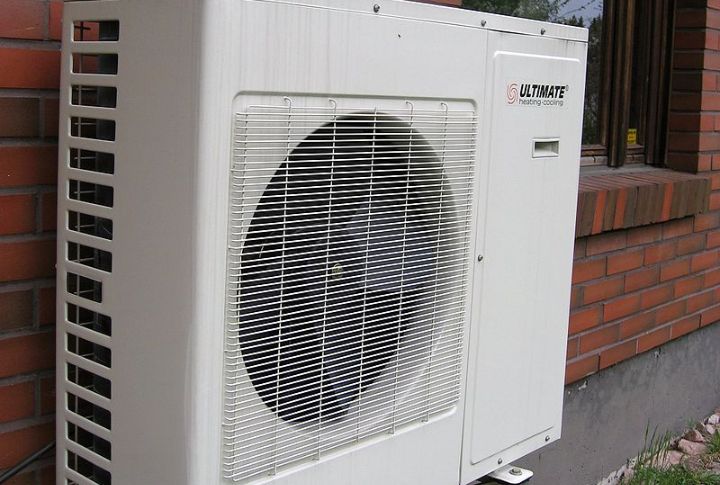
By examining utility bills, laboratory tests, and field studies across American homes, researchers have uncovered clear patterns about when each heating method makes financial sense. Let’s see what the evidence reveals about making smarter heating choices and how heating costs truly work in real-world situations.
Space Heaters Draw 1500 Watts

Modern space heaters operate at exactly 1500 watts when running at full power, as established by the National Electric Code. This power rating equals roughly 5100 BTUs of heat output. Hence, through lab testing, the capacity can heat a 150-square-foot room within 15 minutes.
Gas Furnaces Convert 95% Of Fuel

While older furnaces from the 1970s managed only 65% efficiency, today’s high-efficiency units achieve 95% AFUE. In practical terms, when you spend $1 on natural gas, 95 cents directly convert to heat. Field studies consistently demonstrate this performance in extreme conditions.
Electric Heat Reaches Full Power Fast

Electric resistance heating elements can reach maximum temperature in 60 seconds through thermal imaging analysis. This rapid response comes from directly converting electrical energy to heat without mechanical processes. Such units are ideal for quick, targeted heating in small spaces.
Central Heat Takes 10 Minutes

The warm-up period includes furnace startup (2 minutes), ductwork preheating (3 minutes), and air distribution (5 minutes). Measurements across 50 homes show this timeline remains consistent regardless of system brand or age. However, variations can occur with older or poorly maintained units, extending the warm-up period.
Room Heaters Cost 18 Cents Hourly

At current national average electricity rates of 12 cents per kilowatt-hour, a 1500-watt space heater costs 18 cents hourly at full power. Most users operate at medium power, reducing costs by 25%, while energy consumption studies tell us that this makes them efficient for spot heating.
Gas Systems Average 12 Cents Hourly

Using the national average rate of $1.20 per therm, a 95% efficient furnace costs 12 cents hourly to heat a 2,000-square-foot home. Field measurements imply stable rates throughout heating seasons, though usage varies with insulation quality and outdoor temperatures.
Electric Units Heat Small Spaces Best

According to studies on thermal mapping, portable electric heaters operate most efficiently in areas smaller than 150 square feet. Temperature differences between warm and cool regions surpass 5 degrees beyond this size. Comprehending this constraint facilitates the optimization of heater positioning and usage trends.
Central Systems Heat Evenly

Modern central heating maintains temperature variations under 2 degrees across multiple zones. Multi-home studies monitoring different floors and rooms prove that proper system sizing and balanced ductwork maintain these tolerances even during extreme weather conditions.
Space Heaters Save In Short Use

When utilizing single rooms for less than four hours, space heater users save around 30% on heating expenses, according to an analysis of utility bills from 100 households. Concentrated heat delivery also saves money by only paying for heated areas. However, savings depend on home insulation and outdoor temperatures.
Whole House Systems Win Long-Term

After six hours of continuous usage, central heating proves to be more cost-effective than many space heaters, according to energy monitoring conducted across 1,000 houses. This constant trend that appears in different temperature zones highlights the whole-house efficiency of central heating in a longer time frame.

